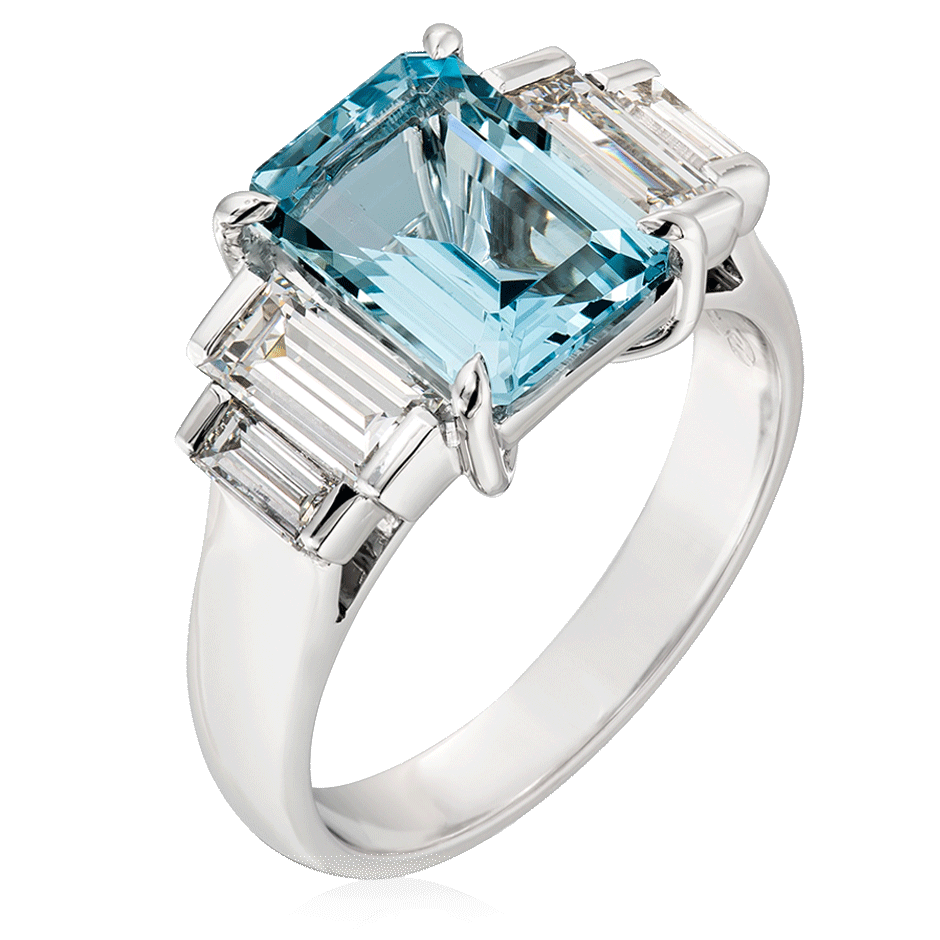Learn: Coloured Gemstones
Introduction
Gemstone Jewelles
Hue
Gemstone Articles
Colour Intensity
Tone
Ruby Colours
Sapphire Colours
Coloured Gemstones
Colour is the single most important factor when evaluating coloured gems.
Generally, the more attractive a gem’s colour, the higher the value. Bright, rich and intense colours are usually more sought after than those that are too dark or too light. However, there are exceptions such as the Padparadscha sapphire which is valued for its delicate pastel hues.
Colour is described in three dimensions: Hue, Tone and Saturation.
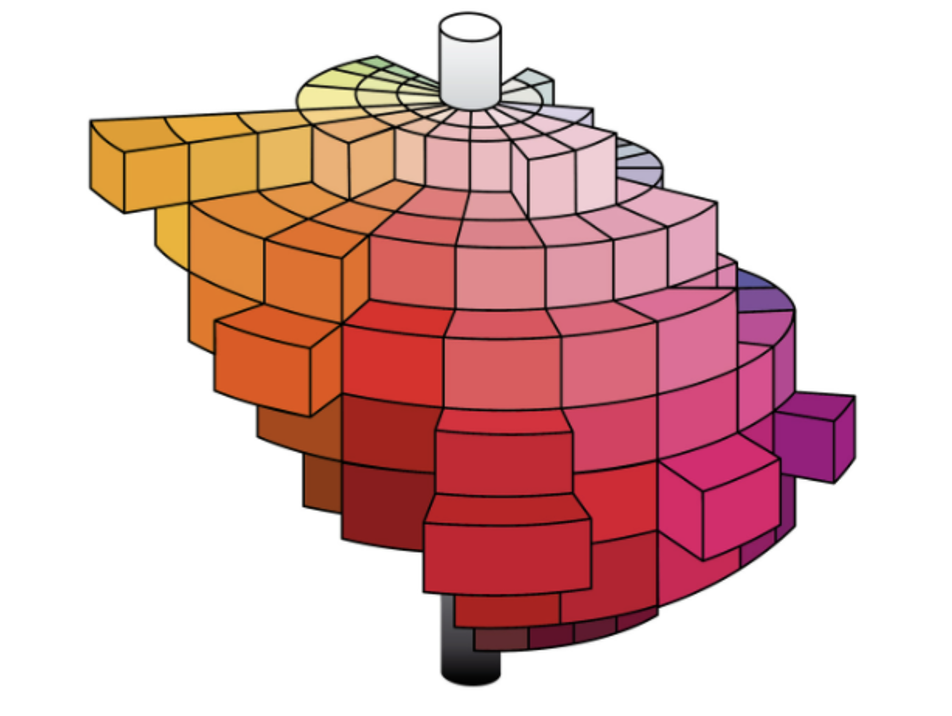
THE COLOUR WHEEL
Hues – lie around a circle in the horizontal plane.
Saturation – lies in the horizontal plane, from zero in the center to maximum at the outage edge.
Tone – varies in the vertical plane, from the lightest at the top to the darkest at the bottom.
The more attractive the colour, the higher the value
Hues
Gems with hues that most closely resemble the red, green and blue (RGB) sensors in our eyes are most popular.
The coloured gem trinity is therefore – Ruby, Emerald and Sapphire.
But a lot of this is also a personal preference and will depend upon an individual‘s taste.
Purple is intermediate between red and violet.
White and black are totally lacking in hue and achromatise (without colour).
Brown is not a hue in itself, but covers a range of hues of low saturation (often in high tone); classic browns fall in the yellow to orange hues.
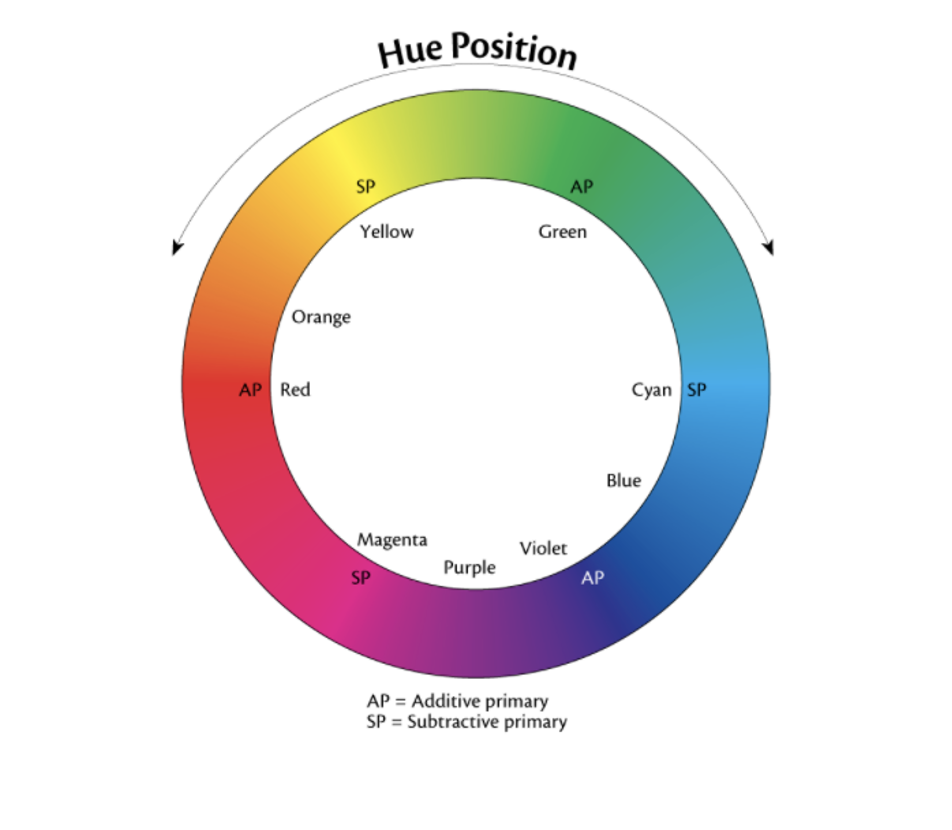


Lotus Gemology Saturation Scale
Colour Intensity
Intensity is the richness of a colour or the degree to which a colour varies from achromaticity (white and black are the two achromatic colours).
When dealing with gems of the same basic hue position, differences in colour quality are mainly related to differences in saturation, because people tend to be more attracted to highly saturated colours.
Tone
The tone describes a colour’s degree of lightness or darkness, as a function of the amount of light absorbed. White would have 0% tone and black would be 100%. At their maximum saturation, some colours are naturally darker than others. For example, a rich violet is darkest than even the most saturated yellow, whereas the highest saturations of red and green tend to be of a similar tone.
As saturation increases, so does the tone (since more light is being absorbed). However, it can reach a point where increases in tone may result in a decrease in saturation, as colours blacken.
When judging the quality of a coloured gem, the tone is an important consideration.
It is always good to consider the lighting conditions under which it will be worn. Look for stones that look good even under the low lighting you find in the evening or in a restaurant. Also, view gems at arm’s length and look for those that are attractive at distance. Exceptional gems tend to look great under all lighting conditions and viewing distances.
Personal preferences in colour are important, even if specific colours are more popular than others. The colours seen should ideally remain attractive.
Ruby
Ruby is a red sapphire. They are both the same mineral, both are corundum, with similar properties.
Ruby quality and cost are based on its colour. Cut and clarity are factors but in fact, the most desirable and expensive rubies are a little cloudy. Prices increase dramatically as carat weight increases as larger rubies are rarer than larger sapphires and most other very precious gems.
The brightest and most valuable shade of red is historically called pigeon blood red which is a pinkish vibrant red. In Australia, the more popular colours in the past were fire engine to brick red but at Holloway Diamonds we have noticed a trend to more intense and saturated pinkish-red colours.
Ruby is the birthstone for July and is equal to second hardest (along with sapphire) to scratch after diamond with a designated Mohs hardness of 9. Ruby and sapphire are harder to break than diamond and much tougher than emerald.
The brightest rubies are those that are very strongly pink-red fluorescent in ultraviolet light. Not all sources of ruby fluoresce but the bee’s knees are those from Burma or Myanmar as it is now known.
Australians tend to spend a fair bit of outdoor time and our cities have more clear sky days than most other big cities. So fluorescence in rubies is a bonus.
Most rubies (and sapphires) are cut and polished into ovals and cushions because of the barrel-shaped nature of rough corundum crystals. Large rounds and emerald cuts can cost a lot more than ovals.
Like emeralds, natural rubies are more inclined than most gems to have a lot of inclusions. Rutile needles known as “silk” and other cloud-like inclusions can be a great benefit. Slightly cloudy hazy rubies show up as ‘red on red’ and can appear more beautiful in many types of lighting whereas crystal transparent rubies may appear darker and deeper in poor lighting. Gemmologists use inclusions found in natural rubies to distinguish them from synthetics and imitations. Almost all rubies are heat treated, often in rough form before cutting to reduce the impact of inclusions and make the gems more transparent. Untreated rubies can be identified by the unheated nature of inclusions. They command a large premium overheated rubies and are usually sold with a lab report from a respected gem lab.
The boundary between rubies and pink sapphires is a funny turn of events. Decades ago dealers would offer pink sapphires as rubies because rubies were more valuable. Today top vibrant pink sapphires are more valuable than rubies and lower grade pinkish rubies are often promoted as pink sapphires.
Pigeon’s Blood
A traditional term used to describe the finest colours of ruby: straight Red, glowing colour like an LED red traffic light. Traditionally describing Burmese or now Myanmar rubies. These days this highly prized colour is also found in Vietnam, Mozambique, Tanzania and other countries.
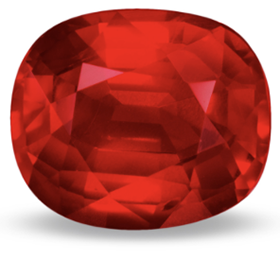
Pigeon’s Blood Ruby
Royal Red
Slightly darker than pigeon’s blood. A bit more like the old-fashioned non LED traffic light colour.
Royal red rubies are found in Mozambique, Thailand, Cambodia, Kenya and Madagascar.
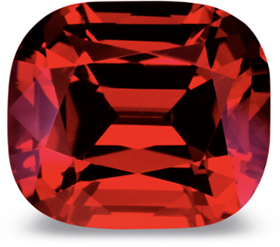
Royal Red Ruby
Sapphire
Sapphire is a ruby of any colour other than red. Blue is the most common and most well-known, but yellow, pink, purple, orange, yellow and green are also precious and beautiful.
The most desirable blue sapphires are strongly saturated in mid-tones. The most desirable of these have historically been the almost mythical Kashmir sapphire that is slightly hazy intense blue that becomes ‘blue on blue’ because it is slightly opaque and appears blue in many different lightings.
Like rubies, Australians have moved away from darker blue sapphires to more mid-tones and more saturated blues. Historically Australia was the world’s largest source of deep dark blue sapphires.
Most sapphires (and rubies) are cut and polished into ovals and cushions because of the barrel shaped nature of rough corundum crystals. Large rounds and emerald cuts can cost a lot more than ovals.
Sapphire is the birthstone for September.
Sapphire is one of the two gem-varieties of corundum, the other being ruby (defined as corundum in a shade of red). Although blue is the best-known sapphire color, they occur in other colors, including gray and black, and they can be colorless. A pinkish orange variety of sapphire is called padparadscha.
Australia is still a major source but the most valuable sapphires and collectors’ favourites today are from Burma and Sri Lanka. Other primary sources are Thailand and Laos with more recent sources of Madagascar and East Africa.
Hot Pink
Depending on one’s opinion, this colour can fall into the pink sapphire or pale ruby category. Sri Lanka is famous for these colours as are Himalayan deposits in Tajikistan, Afghanistan, Pakistan and Nepal. South East Asia and East African countries turn up the occasional pink too.
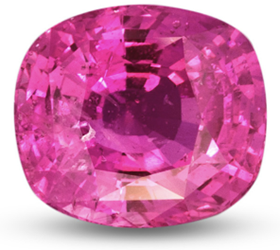
Hot Pink Sapphire
Fuchsia
As in the flower has an intense purplish hot pink red.
Localities include Vietnam, Burma, Sri Lanka, Mozambique, Afghanistan and Tanzania.
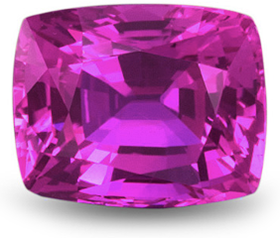
Fuchsia Sapphire
Cornflower
Fine slightly pale blue sapphires are often compared to the colour of the cornflowers. Cornflower blues are typically found in the same places as pastel sapphires.

Cornflower Sapphire
Peacock
The tail feathers of the peacock are an electric blue and some Sri Lankan sapphires are called that colour.
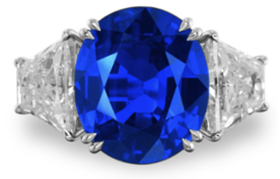
Peacock Sapphire
Velvet
Velvety blue sapphires are full of very fine silky veils of inclusions that create a ‘blue on blue’ effect with reduced extinction or dark portions. They are highly sought after by collectors and connoisseurs. The cobalt blue hue is associated with historic gems from Kashmir in northern India. Today we can find some from Burma, Sri Lanka and Madagascar.
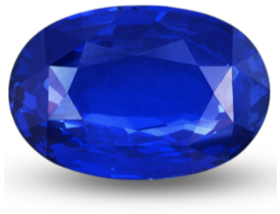
Velvet Sapphire
Royal Blue
The Royal Blue sapphire is getting darker but maintains vivid blue-violet flashes. They can be found in many locations including rare finds in Australia.
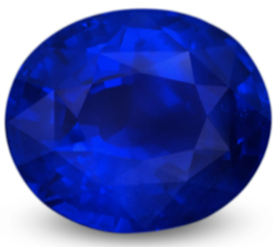
Royal Blue Sapphire
Indigo
The colour of blue jeans. It differs from the pure blues above bece the saturation is less and they appear a little more grey. Indigo sapphires are found in basalt type deposits in Australia, Thailand, Madagascar, China, and Nigeria.
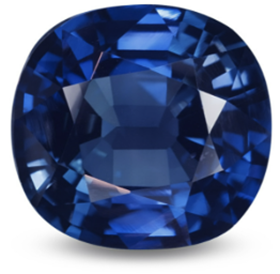
Indigo Sapphire
Twilight to Midnight Blue
Midnight blue sapphires are so dark they appear black and also come from basaltic sources including Australia, Thailand, Cambodia, Nigeria, China and Vietnam.

Twilight Sapphire
Padparadscha Pinkish Orange or Orangy Pinkish
Named after the lotus flower. There is a lot of debate about the best colour but they can be really vibrant in either shade combination and are very collectable.
Originally almost all were from Sri Lanka, but today they are also found in Madagascar, Tanzania and Vietnam. Beware as there is a devious process to coat the stones to enhance their colour. The coating eventually wears off over a few years of wear.
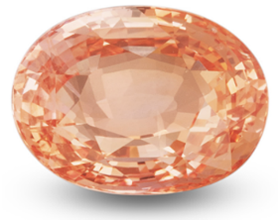
Padparadscha Sapphire
Lilac | Violet
Named after the lavender or lilac flowers, are rare and collectible.
Locations include Sri Lanka, Burma, Tanzania, and Madagascar

Lilac Sapphire
Mekong Whisky
Popular in South East Asia and nicknamed after a popular Whisky.
These gems are found in Thailand and Sri Lanka.
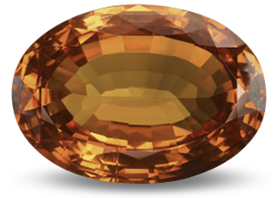
Mekong Wiskey Sapphire
Teal
Blue-green or teal (named after the duck) sapphires have become very popular the past decade. From the basalt deposits of Australia, Ethiopia, Madagascar and Thailand.
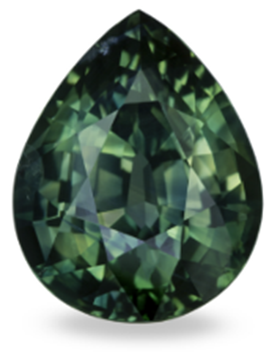
Teal Sapphire
Pastels
Lighter tone less saturated sapphires come in delicate pastel shades and are less expensive. Locations include Montana (USA) Sri Lanka, Burma, Kashmir, Madagascar, and Tanzania.
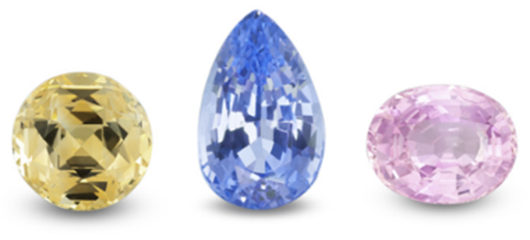
Pastel Sapphires
View Gemstone Jewellery
View our current selection of coloured gemstone jewellery. We also have a vast collection of gemstones available to design a custom piece.
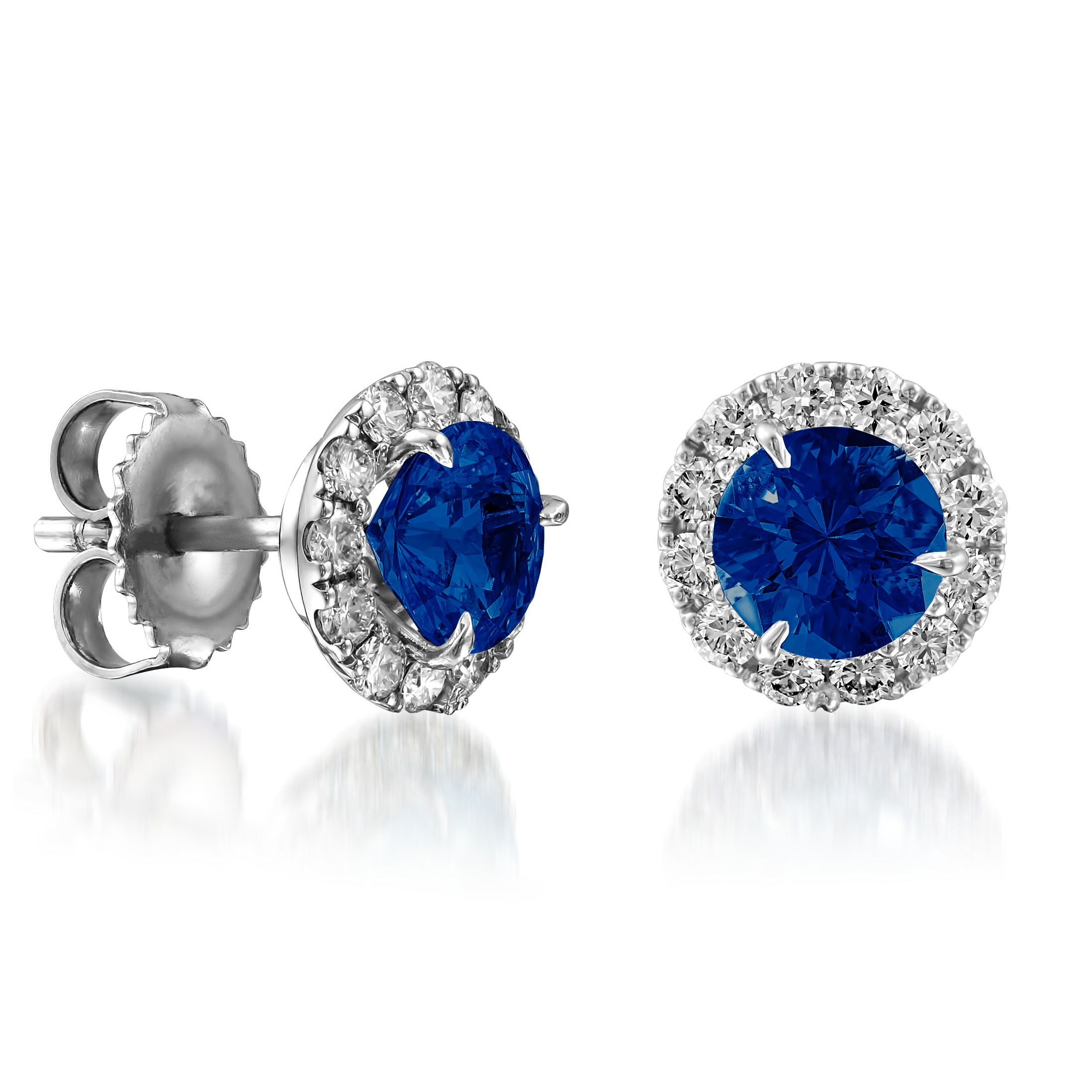
Gemstone Articles
Read the latest article on coloured gemstones.
